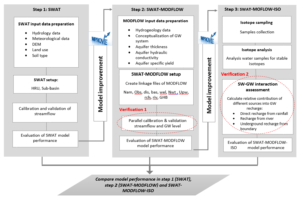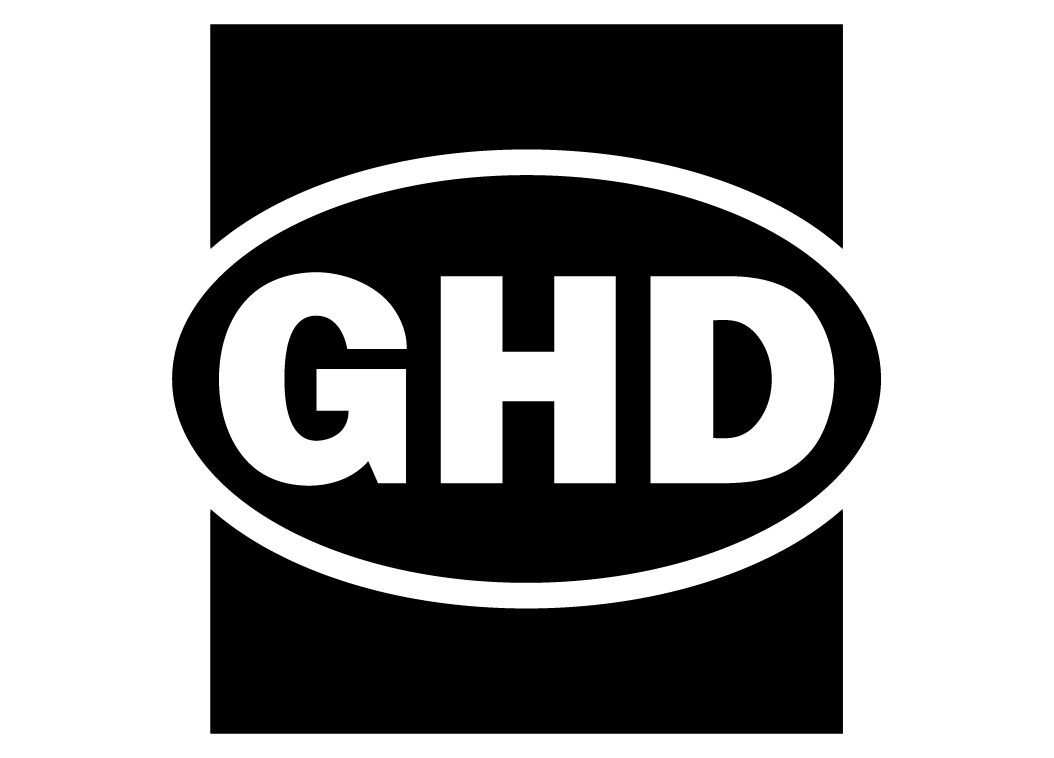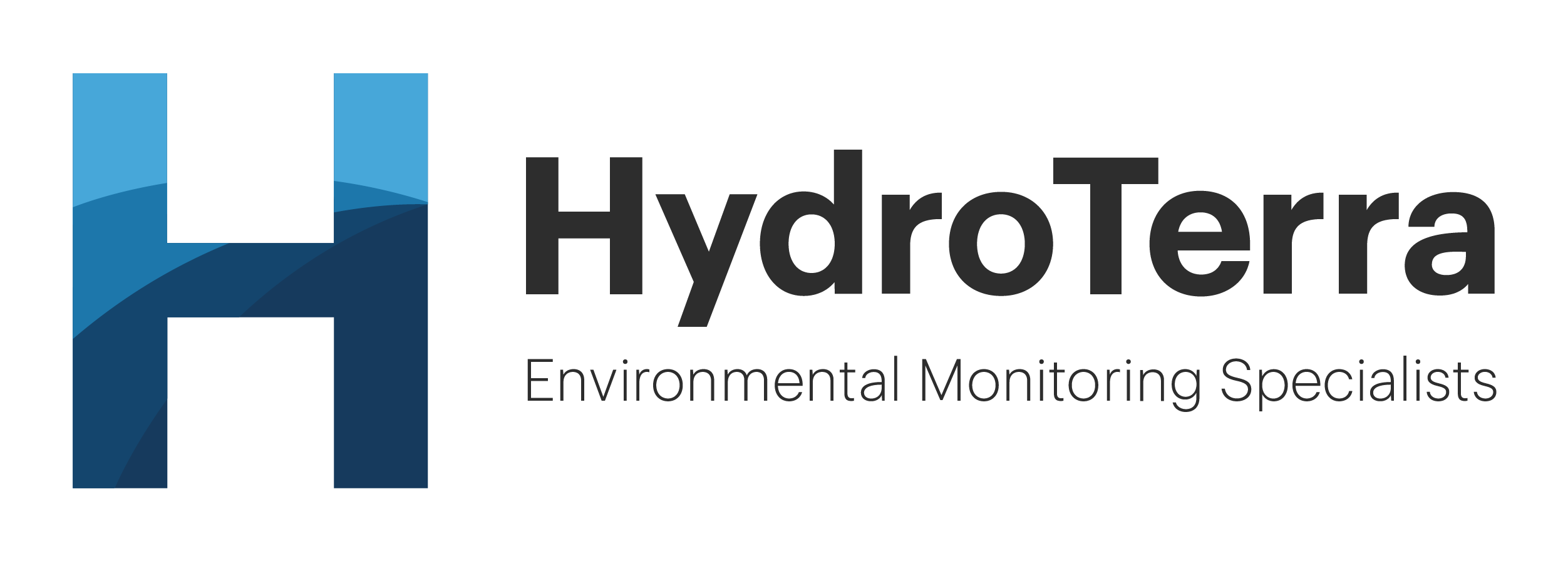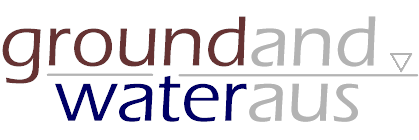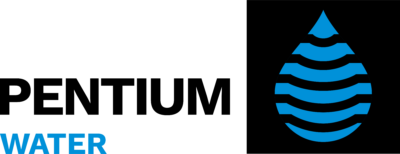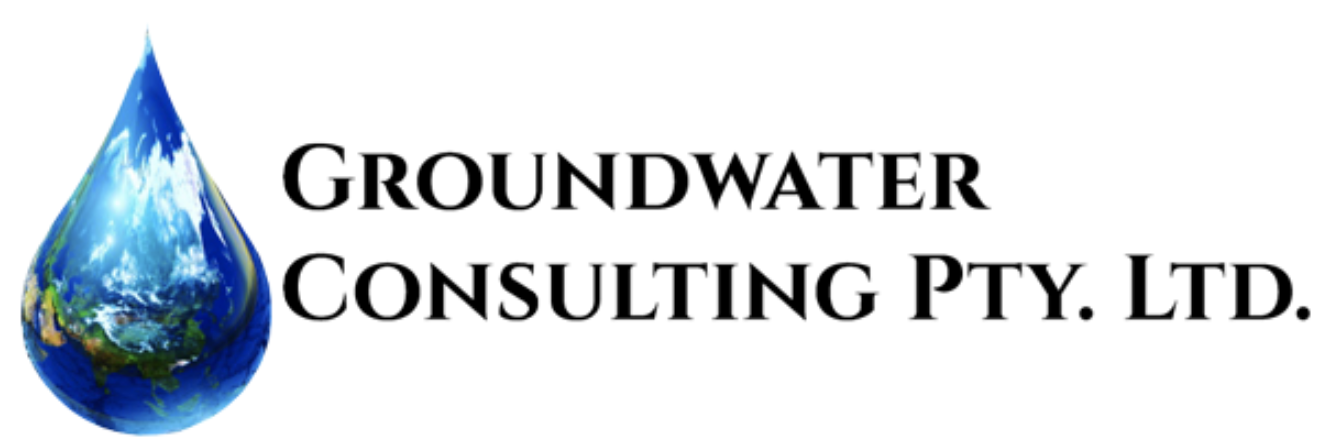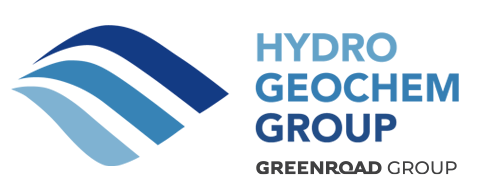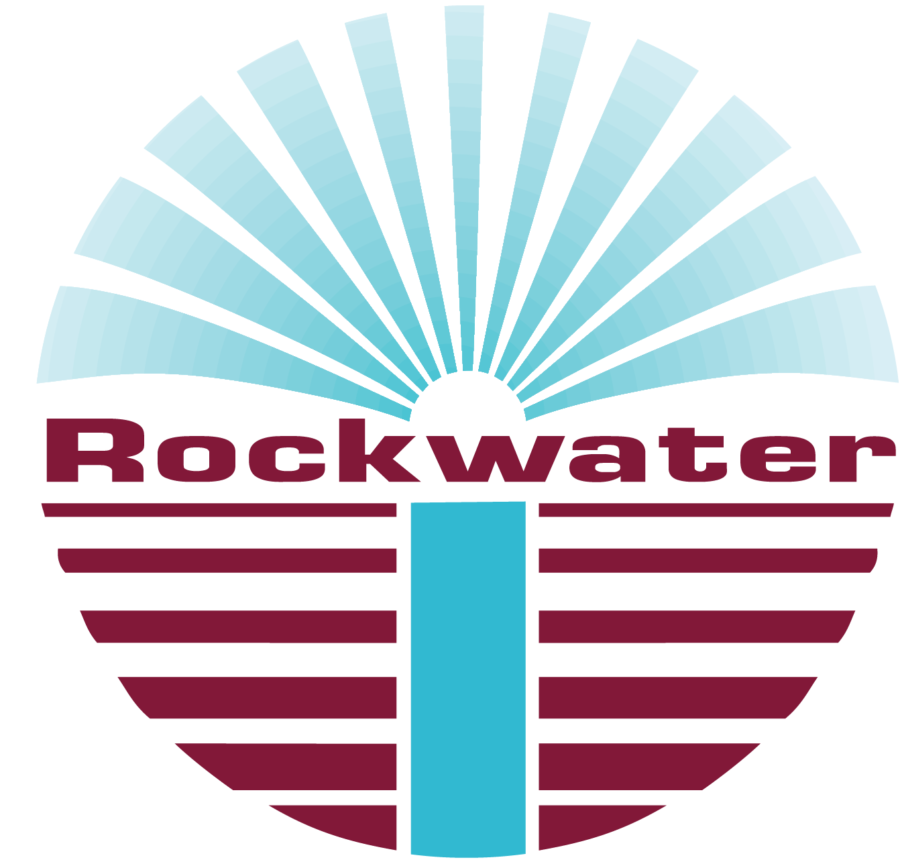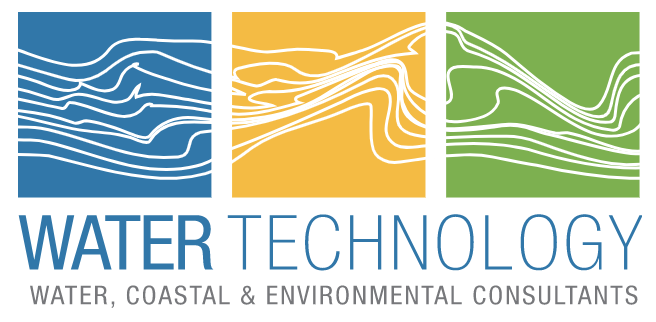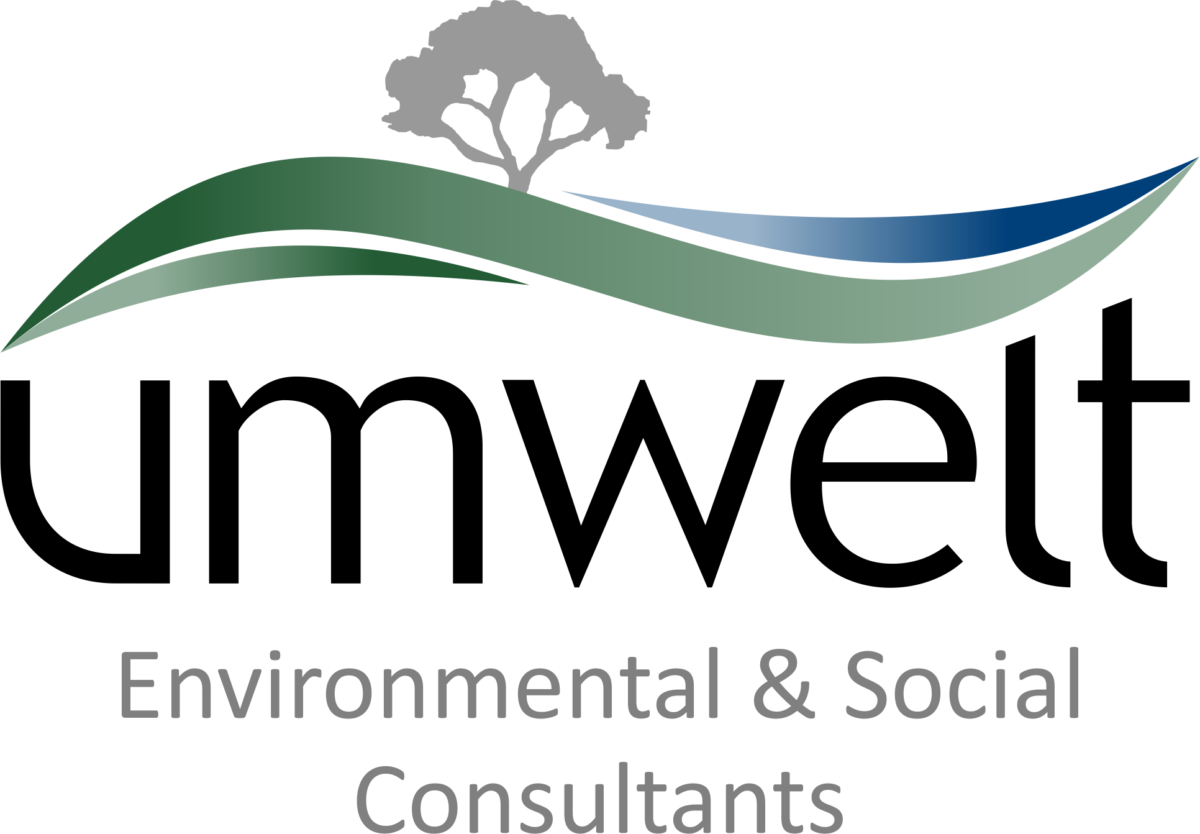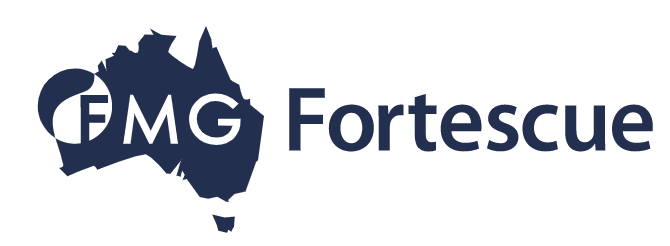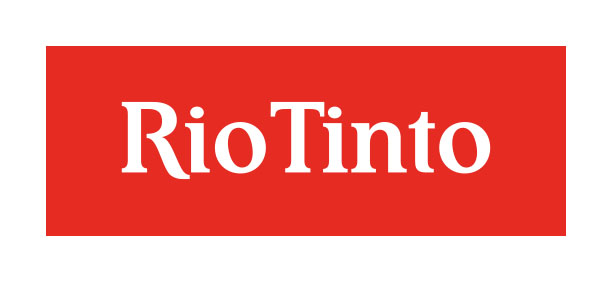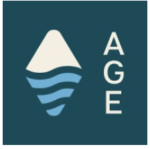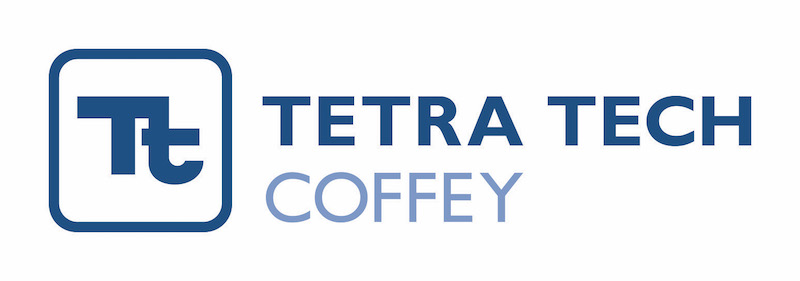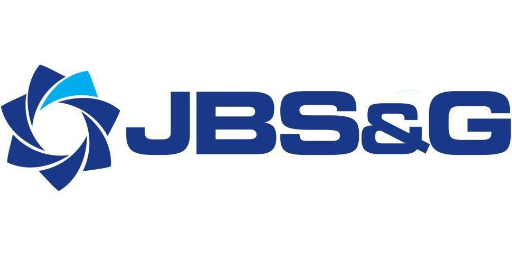Surface water and groundwater interaction modelling opportunities and challenges
Presenter: Dr Tina Jafari
Where: Live at Level 27, 680 George Street, Sydney and online
When: Tuesday 09th May, 17:30 for a 18:00 start
Online: Teams Link
Bio
Dr Tina Jafari is a hydrogeologist from the Department of Planning and Environment (DPE) who passionately believes ‘groundwater is precious’, and that we need to have more care about its management. Tina has significant broad experience across consulting engineering, government, and research, during which she has been able to build on her primary interest in surface water and groundwater system interaction conceptual and numerical modelling. She has a strong research background, leading to 10 research papers published in top-rated international journals. She is the principal author of ‘Integrated simulation of SW-GW interactions using SWAT-MODFLOW, Riverine Systems: Understanding the Hydrological, Hydrosocial and Hydroheritage connections’, Springer and Capital Books. Tina has been a member of “Iran’s National Elites Foundation (INEF)” since 2012. Members of the foundation include all those who show exceptionally high intellectual capacity, academic aptitude, creative ability, and artistic talents, especially contributors to the promotion of global science and highly cited scientists and researchers. Her other professional awards include “Top National Researcher Award” by Water Research Institute, and “Integrated Water Resources Management Scholarship Award” by DAAD, Federal Ministry of Education and Research, Germany.
Abstract
To understand surface water (SW) and groundwater (GW) interactions and assess all water cycle components in a catchment, a fully integrated model that jointly simulates SW and GW in a holistic way is required. In this work, the interaction between SW and GW is investigated and simulated using a combination of fully integrated numerical modelling and isotope hydrology techniques. SWAT-MODFLOW is used to simulate SW, GW, and the interaction between them. In the absence of filed measurement data, we introduced and used water isotopes as an additional tool to obtain insight into the SW-GW relationship to ultimately improve the model’s performance. We carried out stable isotope investigation to determine aquifer recharge sources and investigated whether insights into the exchange of water fluxes between SW and GW revealed by isotopes improve SWAT-MODFLOW simulation performance. The insight obtained from the isotope investigations was then used to calibrate SWAT-MODFLOW parameters related to interchange fluxes between SW and GW.
This work also introduces a ‘GW Calibrator’ (GWCal), which is a code to calibrate GW parameters in SWAT-MODFLOW. GWCal significantly reduces the time and effort involved in calibrating SWAT-MODFLOW meaning it is efficient to conduct a comprehensive sensitivity analysis for both SW and GW parameters which provides useful insights into what controls runoff and GW levels in the study catchment. The results demonstrated that insights from isotopes can improve our conceptual understanding of SW-GW interactions and, consequently, improve the accuracy and reliability of SW-GW model simulations. The insights and tools developed from this research will assist decision-makers when developing policies and programs aimed at sustainable water management under current and future hydroclimate conditions as well as current and future demand for water.
